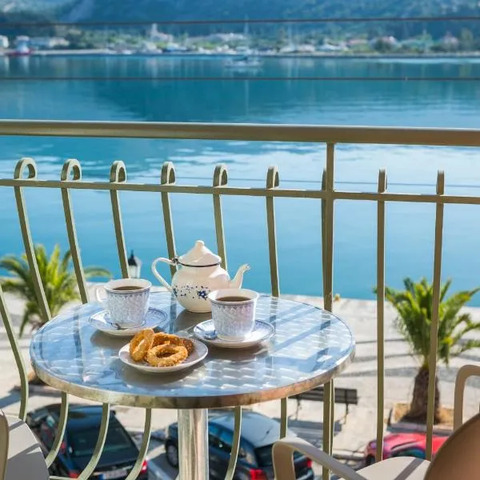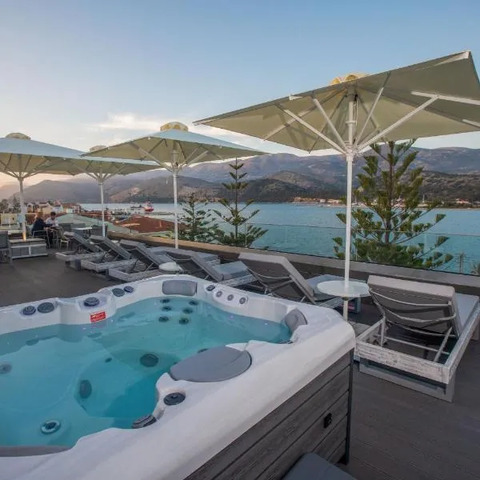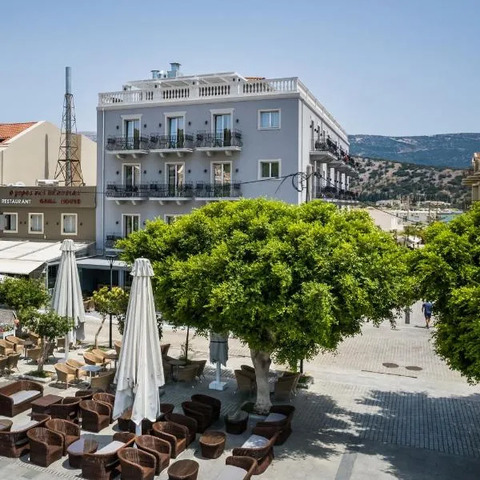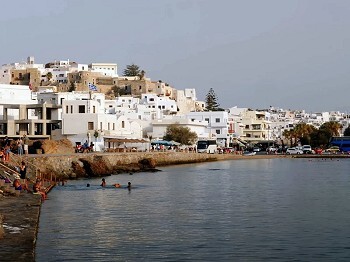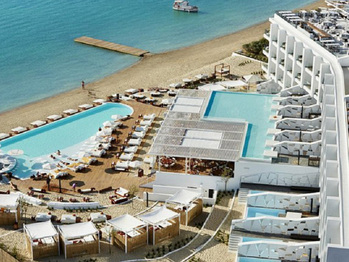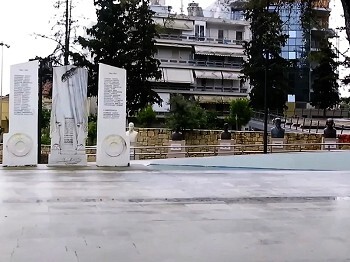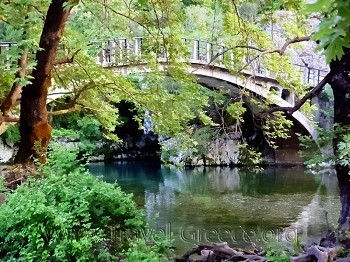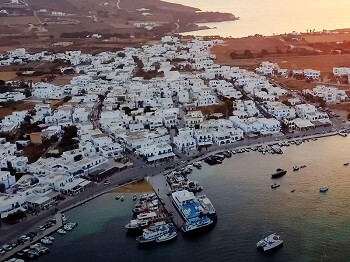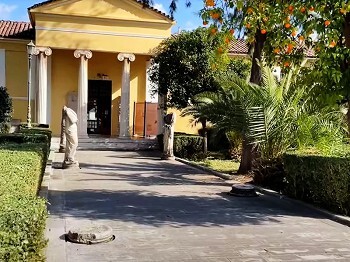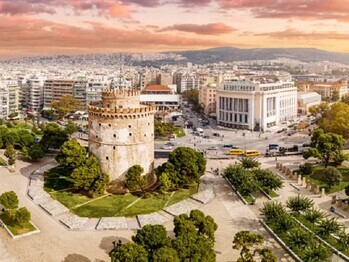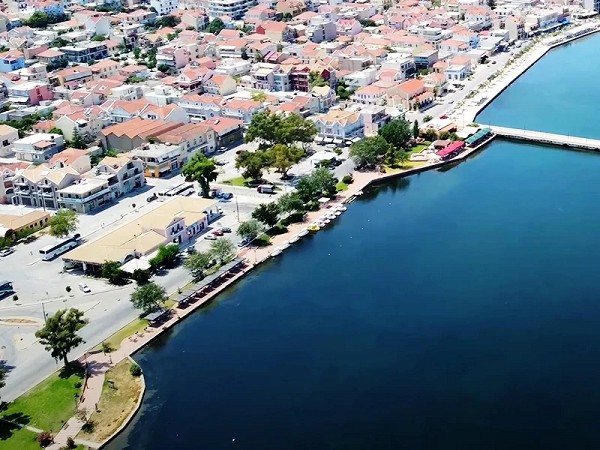
Argostoli, the vibrant capital of Kefalonia, is a treasure trove of historical sites that offer a captivating glimpse into the island's past. Nestled on the western coast of this picturesque Greek island, Argostoli seamlessly blends historical charm with modern life. Whether you’re a history enthusiast or a curious traveler, the town’s historical Landmarks are sure to leave a lasting impression. Here’s a guide to the most intriguing historical sites you should visit in Argostoli Town.
We suggest for your stay:
Still Looking for the Perfect Stay?
1. Kefalonia Archaeological Museum: A Journey Through Time
The Kefalonia Archaeological Museum is a must-visit destination for anyone interested in the island’s ancient history. Located in the heart of Argostoli, this museum houses an impressive Collection of Artifacts from various historical periods, including the Roman, Byzantine, and Venetian eras. Highlights of the museum include intricate Sculptures, ancient Pottery, and well-preserved inscriptions that provide insight into Kefalonia’s rich cultural Heritage. The museum’s Exhibits are meticulously curated, offering a fascinating narrative of the island’s evolution through the centuries.
2. Saint George Castle: Exploring the Fortified Remnants
Saint George Castle, perched on a hill overlooking Argostoli, is a significant historical landmark that Dates back to the Venetian period. Originally constructed in the 12th century and later expanded by the Venetians, this fortress played a crucial role in defending the island from various invaders. Although the castle has endured significant damage over the centuries, its towering walls and strategic position still convey the grandeur of its past. Wander through the castle’s Ruins and enjoy panoramic Views of the town and surrounding landscapes.
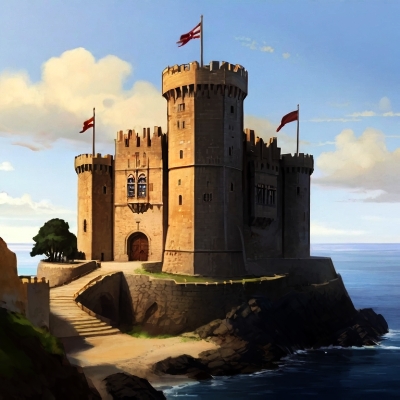
3. The Italian-Style Buildings: Architectural Heritage of Argostoli
Argostoli’s Architecture tells a story of its varied past, particularly through its Italian-style buildings. Following the devastating 1953 earthquake, many structures were rebuilt with Italian architectural influences, reflecting the island’s historical ties with Italy. As you Stroll through Argostoli, you’ll encounter charming examples of this architectural style, including elegant facades, arched windows, and ornate balconies. These buildings not only offer aesthetic pleasure but also serve as a reminder of the town’s resilience and cultural connections.
4. The Bridge of Argostoli: A Marvel of Engineering
The Bridge of Argostoli, also known as the De Bosset Bridge, is an iconic structure that spans the Koutavos Lagoon. Built in 1813 by the Swiss engineer Charles De Bosset, this bridge is a remarkable feat of engineering and an important historical Monument. Its impressive length and sturdy construction were designed to facilitate transportation and trade, and it has become a symbol of the town’s progress. A walk across the bridge provides not only a sense of Historical significance but also beautiful Views of the lagoon and the surrounding area.
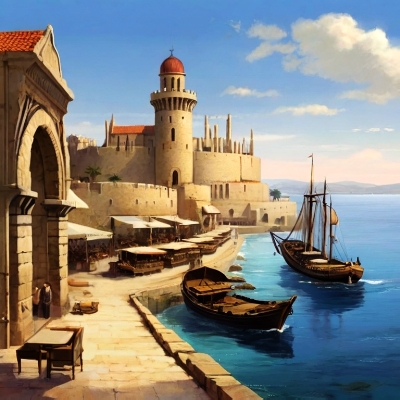
5. The Drapano Bridge: A Testament to Venetian Influence
The Drapano Bridge, located a short distance from Argostoli, is another significant historical site with Venetian origins. Built in the 18th century, this bridge showcases the distinctive Venetian architectural style with its elegant arches and robust stonework. It was constructed to improve transportation between different parts of the island and has since become a notable landmark in its own right. The Drapano Bridge is a perfect example of how Venetian engineering has left a lasting impact on the island’s infrastructure.
6. The Historical and Folklore Museum: Preserving Local Traditions
The Historical and Folklore Museum of Argostoli offers a fascinating look into the island’s local traditions and daily life through the ages. Located in a charming old building, the museum’s Exhibits include Traditional costumes, historical photographs, and everyday objects that provide insight into the local culture. Visitors can learn about the island’s customs, crafts, and societal changes over the years. This museum is a valuable resource for understanding the depth of Kefalonia’s cultural history.
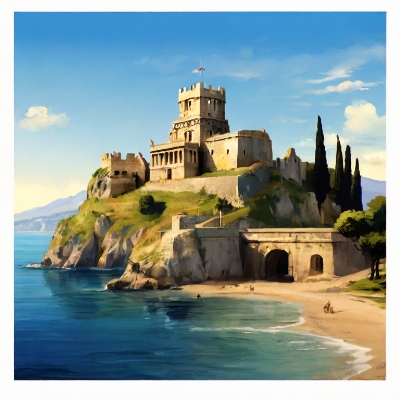
7. The Church of Saint Spyridon: A Spiritual and Historical Landmark
The Church of Saint Spyridon is a prominent religious and historical site in Argostoli. Dedicated to the patron saint of the island, this church features beautiful Architecture and historical Artifacts that reflect its long-standing Significance to the local community. The church’s interior is adorned with intricate icons and religious art, making it a serene and meaningful place to visit. Its historical role in local religious practices adds to its importance as a cultural landmark.
8. The Memorial of the Italian Soldiers: Honoring the Fallen
Located near the center of Argostoli, the Memorial of the Italian Soldiers is a poignant tribute to the soldiers who lost their lives during World War II. Erected to honor the memory of those who perished in the conflict, the memorial stands as a symbol of peace and reconciliation. Its solemn presence reminds visitors of the island’s wartime history and the importance of remembering those who sacrificed their lives for freedom.
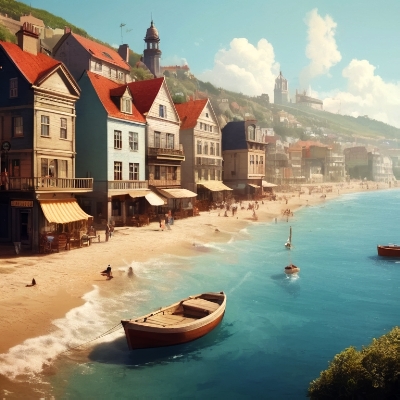
9. The Old Custom House: Reflecting Trade and Commerce
The Old Custom House in Argostoli is an important historical building that once played a Central role in the island’s trade and commerce. Built during the Venetian era, this structure served as the administrative center for customs operations and trade regulations. Its Historical significance is reflected in its well-preserved Architecture and role in shaping the economic development of the island. Today, it stands as a testament to the town’s commercial past.
10. The War Memorial: Commemorating the Heroes of World War II
The War Memorial in Argostoli is dedicated to the local heroes who fought in World War II. This memorial is a place of remembrance and reflection, honoring the courage and sacrifice of those who served in the conflict. The site features inscriptions and symbols that commemorate the bravery of the soldiers and provides visitors with a deeper understanding of the island’s wartime history.
Argostoli Town offers a diverse array of historical sites that showcase its rich past and cultural Heritage. From ancient Artifacts and impressive fortifications to beautiful Architecture and poignant memorials, each site tells a unique story that contributes to the island’s historical tapestry. Whether you’re exploring the Kefalonia Archaeological Museum or admiring the Venetian-inspired buildings, Argostoli promises a journey through time that will enrich your understanding of this enchanting Greek island.
